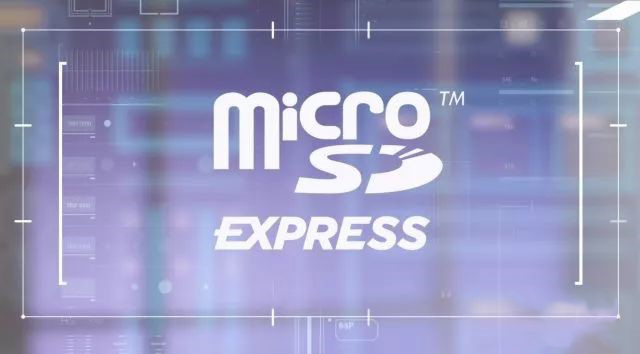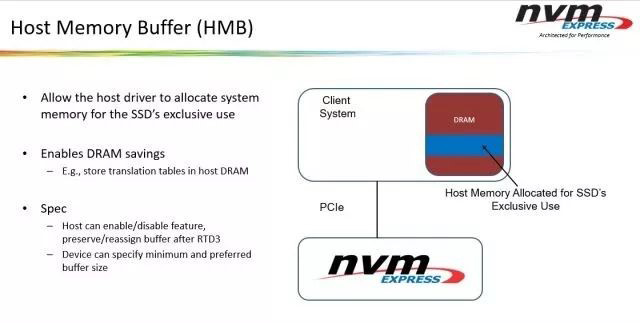Latest Posts
SD Association recently announced a new standard called microSD Express
The SD Association is a global business group composed of nearly 900 technology companies, responsible for developing interoperable SD standards. The association encourages the development of consumer electronics, wireless communications, digital imaging and networking products that utilize market-leading SD technology. The SD standard is the number one choice for consumers, with over 80% of the memory card market dur to its reliable interoperability and easy-to-use format. Today, smartphones, tablets, drones, IoT devices, HD televisions, audio players, in-vehicle systems, computers, digital cameras, and digital video cameras all use the interoperable SD standard.
The SD Association recently announced a new standard called microSD Express that supports the PCIe and NVMe protocols to improve overall device performance. Devices using this standard will be able to provide transmission speed up to 985MB/s, supported by single-line PCIe 3.1. The new drive will remain with the old card, and we can read and use the old microSD card in the microSD Express slot, while the microSD Express card can still be used in older card readers.
PCIe 3.1 is PCIe 3.0 with various improvements in power management, performance and functionality. According to the SD Association:
PCIe 3.1 includes low-power substates (L1.1, L1.2) that enable low-power implementation of SD Express for the mobile market. In addition, SD Express cards with significantly higher data transmission rate are expected to consume less energy than traditional microSD memory cards while maintaining the same maximum power consumption. These cards provide system developers with new options brought by PCIe and NVMe features, such as bus mastering, multi queues without locks, host memory buffers,etc.
Multiple queues should be used to improve concurrent I/O performance by reducing lock contention. The bus master allows components (microSD cards in this case) to communicate with other components without CPU time consumption.
In addition, the host memory buffer (HMB) allows NVMe devices to use a small piece of RAM in the system to store mapping tables that translate logical memory addresses into physical memory locations within the device itself. Without HMB, the device must include its own DRAM or store this data in its own NAND flash memory. The first option is the fastest but consumes power and space, while the second option is much slower.
Compared to storing data in flash memory, HMB is a technology that improves performance, even if it does not exactly match the performance of the DRAM pool on the device. There was a hint in the presentation that this flexibility could one day run concurrently, allowing the host device to process the microSD card’s NAND flash memory to operate the expansion of the main system memory, pretty much the same way that NAND flash can be used as DRAM today.
The final result is that the microSD card is much faster than previous versions. The maximum power consumption of the SD Express card is 1.8W, but this does not mean that it is a typical power consumption. Customers must ensure that the microSD Express card is matched with a device that actually supports the PCIe interface standard, otherwise the performance will not reach the theoretical peak. Especially when mobile phone manufacturers have not started to add standard support, it may take a while for us to see the hardware-related support market.
If the microSD card’s PCIe support can be incorporated into the SoC easily and the power improvement is as good as claimed by the SD Association, it will also save power. These technologies that I expect to be adopted are an important feature of modern devices, especially how to adopt in power-consuming 5G modem.










Leave a comment